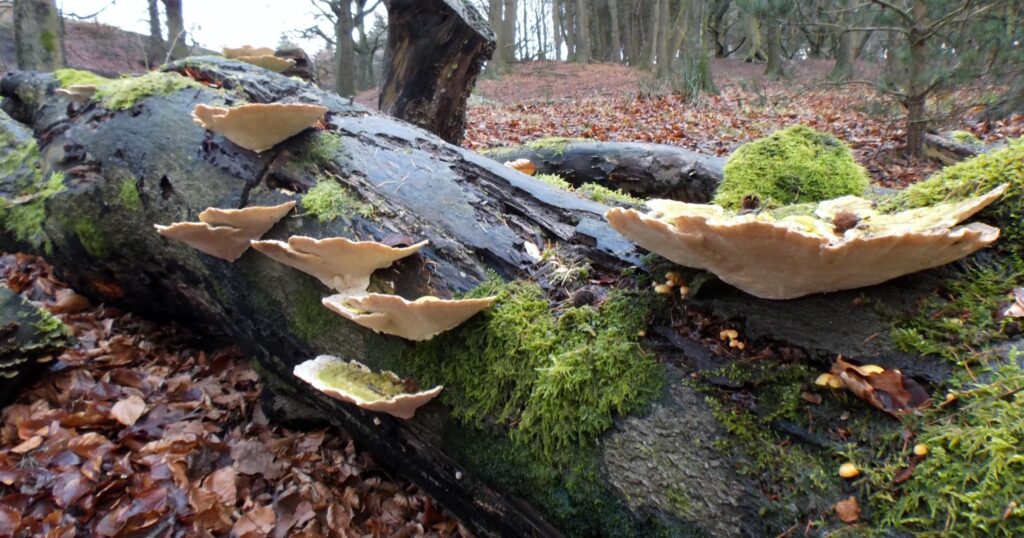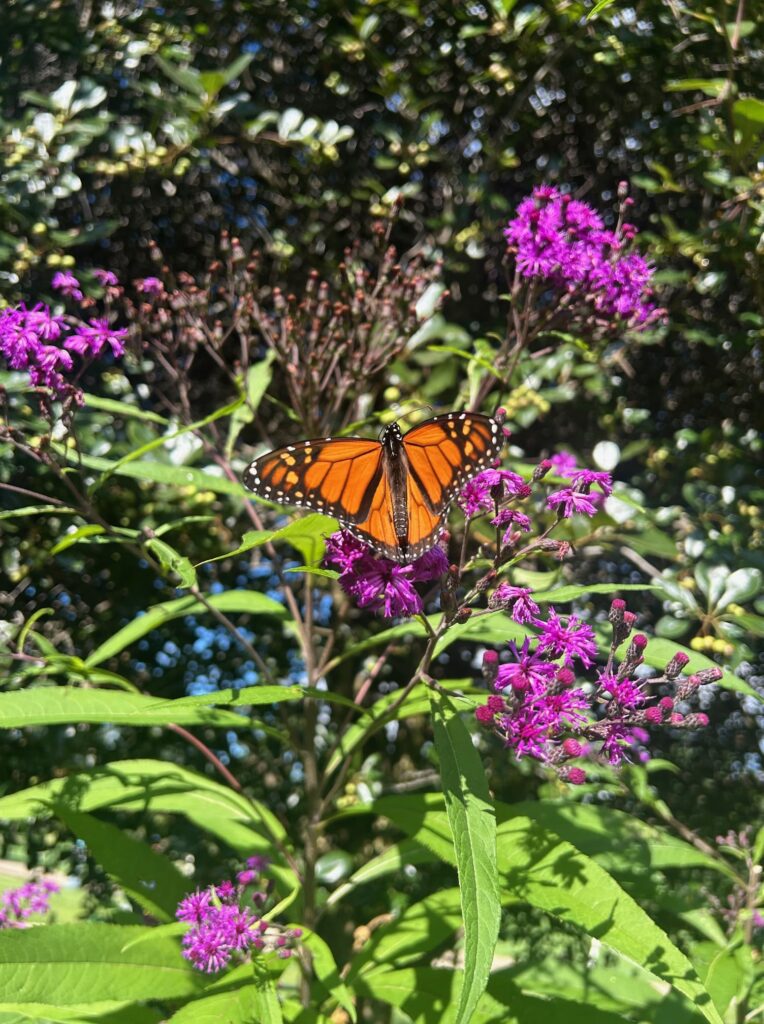“Save the rainforest!” is one of the most well-known cries of the environmental movement. Global demand for timber, and local demand for farmland, still cause 12 million hectares of tropical forest to be logged each year. One way of lessening the impact of logging is to selectively harvest only high-value trees and reduce the impacts of harvest on the soil and forest understory.
Reduced-Impact Logging (RIL) is a new approach that integrates several sustainable practices. The process begins by identifying a select number of trees of the appropriate species and size prior to harvest. In some cases, loggers are required to leave every fifth tree selected as a seed tree. During harvest, logging roads and the trails used to bring logs to them are laid out to minimize disturbance. Before felling, vines are removed from trees to prevent them from snagging their neighbors. Loggers also try to avoid having falling trees crash into other trees. Additionally, the vehicles that transport the timber to logging roads have rubber tires instead of treads, which minimises soil compaction. After harvest, stands are left for several decades to regenerate.
Timber harvesters, trade organizations and environmental groups such as the Nature Conservancy and the World Wide Fund for Nature have asserted that RIL preserves biodiversity. Adam Felton and his colleagues at The Australian National University and the Instituto Bolivana de Investigación Forestal have tested these claims in an RIL forest in Bolivia.
Half of Bolivia’s lowland tropical and sub-tropical forests have been divided among logging concessions. Laws enacted in the mid-1990s have promoted sustainable logging, and 2.2 million hectares are now certified by the Forest Stewardship Council (FSC). Felton and his team conducted their study in the FSC-certified Guarrayos Forest Reserve. The firm Agroindustria Forestal La Chonta has the rights to log within the preserve using sustainable practices. The logging concession was certified in 1998 by SmartWood, an organisation that certifies the sustainability of a timber harvest.
Previous studies have shown that RIL can minimise damage to uncut trees in a forest. However, there can still be significant changes to the amount of forest canopy, the plants that compose the ground cover, and the humid microclimates that characterise tropical and sub-tropical forests. Felton and his colleagues examined whether RIL impacts are extensive enough to affect the composition of the bird communities found of the forest.
To test this, the researchers conducted bird surveys at various points in logged and un-logged stands within the Guarrayos Forest Reserve, recording the number and species of birds they observed. Tree surveys were used to asses the structure of the forest and determine how much of the canopy was open and allowed light in. The understory vegetation was also surveyed to gauge the impact of roads and trails. Their findings may take some wind out of the sails of RIL’s proponents. Despite the care taken during RIL, many birds appear to find logged areas to be uninhabitable. Of the 158 species observed, 20% were either absent from the logged section, or significantly less abundant. These species seem to prefer the un-logged areas, which typically had more large trees, higher tree diversity, or more diverse understories.
Additionally, they found that 40% of the birds that preferred un-logged forests are of conservation concern; this included woodpeckers, falcons, and toucans, and many insect-eaters. On the other hand, many of the birds which were found in significantly higher abundance in the logged sections were those known to be tolerant of human disturbance. The harvest and the hauling of trees appear to cause these changes. Trails, roads, and landings were found by other researchers to disturb 25% of the ground cover of the forest. This damage especially impacts insect- eating birds, which typically forage around small trees and shrubs near the forest floor. Though only four trees were harvested per hectare, openings in the canopy still increased by 25%. Gaps in the canopy allow light to reach the plants in the forest understory, presumably increasing temperature and decreasing humidity. The authors propose that the cool and moist microclimates favored by insect-eating birds and their prey are reduced by the intrusion of light.
Felton and his colleagues point out that the impact of RIL could be reduced in this forest by not logging a single species: Ficus bolivina. This fig tree can reach 200 cm in diameter, with a crown that is 30 meters across. Removing a single F. bolivina can therefore open a large gap in the canopy.
The authors also recommend that trail-building within the logged areas be more tightly controlled to reduce disturbance to the understory. Previous work has found that 25% of trails in a selectively logged forest were short-cuts or otherwise unnecessary. Felton and colleagues recommend that sustainable forestry practices be evaluated critically, and warn against complacently accepting new techniques. Forests and biodiversity are dynamic, and sustainability is not achieved simply because most of the trees remain standing after a harvest. The authors assert that sustainability can only be evaluated in light of long-term data on biodiversity, regeneration of the understory, and the effects of the harvest cycle.
Summarised from:
Felton, A., J. Wood, A.M. Felton, B.Hennessey and D.B. Lindenmayera (2008). Bird community responses to reduced-impact logging in a certified forestry concession in lowland Bolivia. Biological Conservation 141:545-555.





